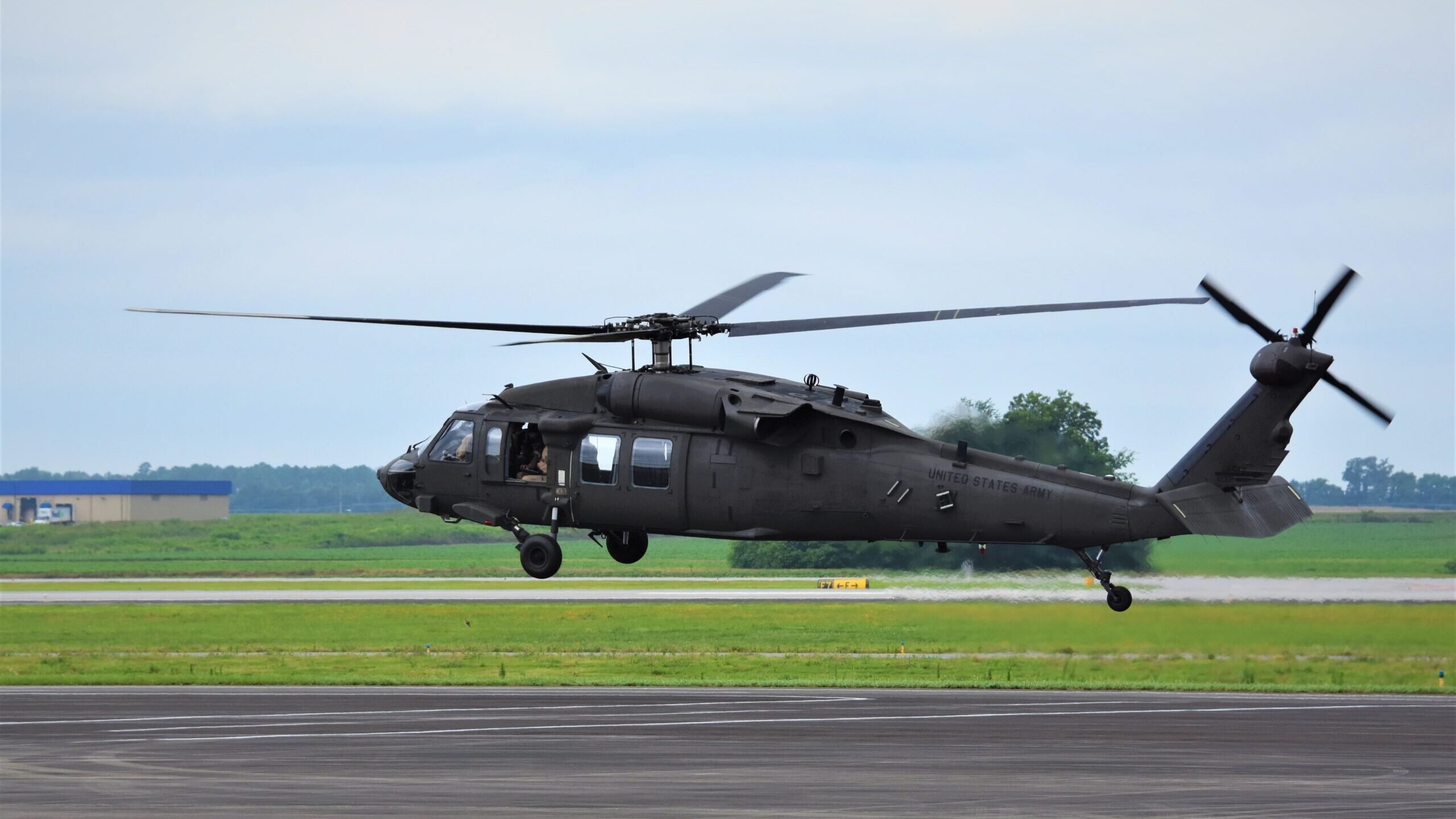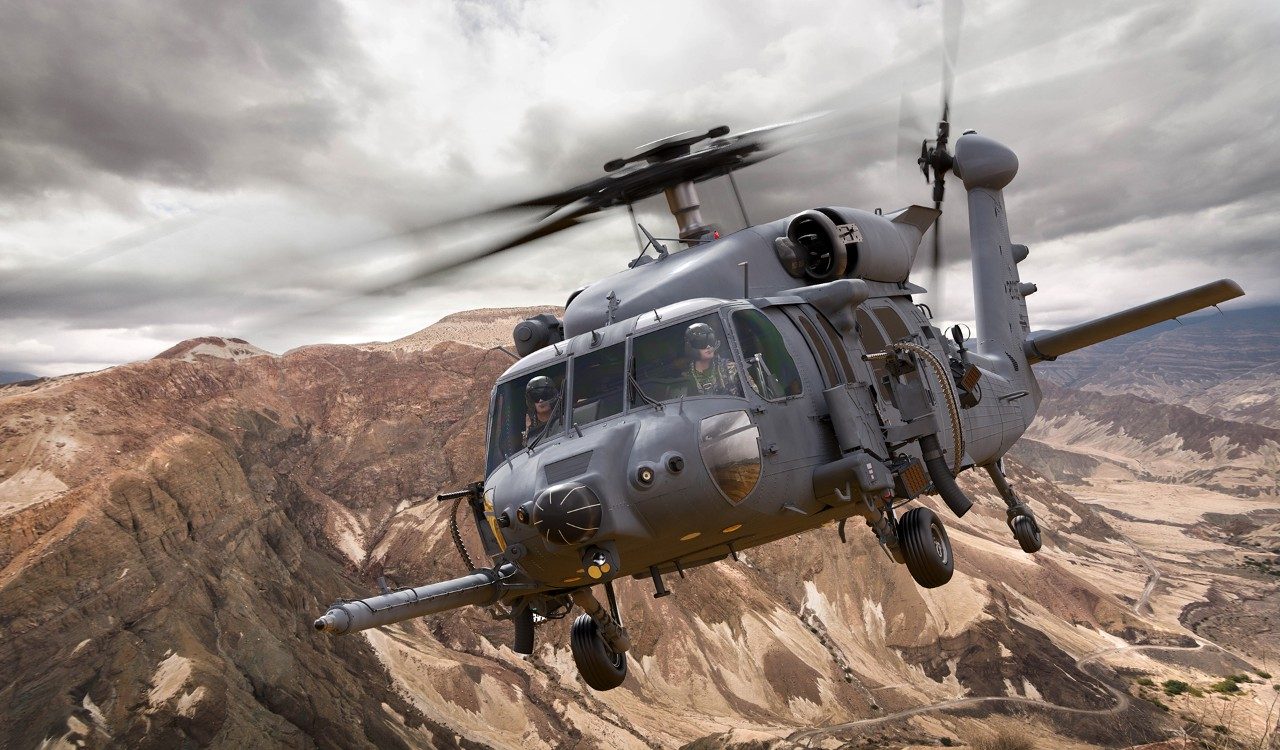UH 60 Black Hawk: Army Helicopter Attributes and Capacities
UH 60 Black Hawk: Army Helicopter Attributes and Capacities
Blog Article
The Influence of Lasting Practices on the Future of Airplane Workflow and Emissions Reduction
As the aeronautics sector deals with raising examination over its ecological impact, the fostering of lasting methods arises as an important pathway towards future aircraft operations and emissions reduction. Technologies in sustainable aeronautics gas and innovations in hybrid propulsion modern technologies stand at the leading edge of this makeover, promising significant decreases in greenhouse gas emissions. The successful assimilation of these efforts hinges on a variety of variables, including governing frameworks and sector collaboration. The concern stays: exactly how will these advancing practices improve the dynamics of air traveling and add to a much more sustainable future?

Summary of Sustainable Practices
Lasting techniques in aircraft operations incorporate a range of approaches focused on minimizing ecological influence while preserving functional effectiveness. These practices are important in the air travel industry's commitment to minimizing its carbon footprint and adhering to global environmental requirements. Key campaigns include maximizing flight courses to decrease gas consumption, improving maintenance protocols to ensure aircraft operate at peak efficiency, and applying innovative technologies such as winglets and light-weight materials that boost aerodynamics.

Training and involving team on sustainability techniques also play an essential function, fostering a society of ecological obligation within organizations. In general, the integration of these lasting practices not just helps in reducing discharges but also improves the long-lasting practicality of the air travel field, ensuring it fulfills the demands of both customers and regulatory bodies while adding to worldwide sustainability goals.
Cutting-edge Gas Alternatives
Numerous cutting-edge gas alternatives are becoming pivotal services to lower the air travel industry's dependence on standard fossil gas. Among these alternatives, Sustainable Air travel Fuels (SAFs) have gotten significant attention because of their prospective to decrease lifecycle greenhouse gas discharges by as much as 80% compared to traditional jet fuels. SAFs are stemmed from various feedstocks, including waste oils, farming residues, and also algae, making them a functional alternative for the industry.
Another appealing choice is hydrogen fuel, which, when made use of in gas cells, creates only water vapor as a result. This zero-emission possible presents a significant opportunity for decarbonizing flight procedures, particularly for short-haul trips and regional aircraft. Furthermore, electric propulsion systems are being checked out, leveraging battery technology to power aircraft. While current battery capacity limitations range and payload, continuous improvements may soon provide electric trips feasible for particular applications - uh 60.
Last but not least, biofuels derived from biomass are being explored, using a sustainable alternative that can be blended with conventional fuels. Jointly, these ingenious gas choices represent an essential action toward attaining a lasting aeronautics environment, straightening with global exhausts reduction targets and enhancing the sector's environmental stewardship.
Technical Advancements in Aeronautics

How can technical innovations improve the future of aeronautics? Advancements such as electrical and hybrid propulsion systems are at the forefront, appealing significant reductions in fuel consumption and greenhouse gas emissions.
Furthermore, the execution of sophisticated products, such as light-weight composites, contributes to enhanced the rules of aerodynamics and fuel efficiency. The usage of expert system and artificial intelligence in flight procedures optimizes course preparation and lowers gas burn by making it possible for real-time changes based upon climate and web traffic conditions. In addition, the growth of autonomous and remotely piloted airplane systems stands to revolutionize cargo and guest transport, potentially enhancing performance while lessening human error.
Additionally, sustainable aeronautics technologies, including sophisticated air traffic monitoring systems, can decrease and simplify operations congestion, bring about lower exhausts throughout flight. These advancements collectively stand for a standard shift in aeronautics, promising a future where sustainability and functional effectiveness are linked, therefore sustaining the market's dedication to lowering its ecological influence.

Governing Structure and Conformity
In light of the expanding focus on ecological stewardship within the aeronautics sector, the governing structure regulating aircraft procedures is developing to advertise sustainable techniques. Governing bodies, such as try this out the International Civil Air Travel Company (ICAO) and different nationwide air travel authorities, are presenting stringent standards focused on reducing discharges and boosting operational efficiency.
These regulations usually consist of the adoption of Sustainable Air travel Fuel (SAF), which has actually been recognized as a crucial component in achieving reduced carbon footprints. Additionally, compliance with these guidelines requires airlines to execute functional techniques and sophisticated innovations, such as optimized trip courses and enhanced air web traffic monitoring, to decrease fuel consumption.
In addition, the enforcement of exhausts trading schemes and carbon balancing out campaigns is ending up being increasingly widespread, compelling airline companies to keep track of and report their exhausts accurately. Non-compliance can cause significant fines, thus pushing operators to prioritize sustainability in their company versions.
Ultimately, the advancing regulatory landscape not just drives innovation and financial investment in environment-friendly innovations yet also cultivates a society of responsibility within the aeronautics industry. As these frameworks continue to develop, the concentrate on lasting methods will certainly be important to achieving the market's long-term environmental objectives.
Future Fads in Aircraft Workflow
As the aeronautics sector adapts to an increasingly rigid governing environment, future patterns in aircraft procedures are established to concentrate on ingenious options that better enhance sustainability and effectiveness - uh 60. Secret growths will likely consist of the adoption of advanced air traffic administration systems, which use real-time information and artificial intelligence to optimize flight paths, minimizing fuel intake and exhausts
Another considerable pattern is the increased integration of sustainable aviation fuels (SAFs) These options to traditional jet fuel, obtained from sustainable resources, can dramatically decrease lifecycle greenhouse gas exhausts. The sector's dedication to SAFs will likely increase as airline companies team up with gas manufacturers to make certain schedule you can look here and cost-effectiveness.
In addition, the press towards electrification and crossbreed propulsion systems is acquiring energy. Arising airplane layouts will certainly integrate these innovations, providing quieter and much more effective operations, especially for short-haul trips.
Verdict
The fostering of sustainable aeronautics fuels, paired with improvements in hybrid and electrical propulsion systems, is vital for minimizing lifecycle greenhouse gas exhausts. Optimizing trip paths and accepting innovative modern technologies contribute to a quieter and a lot more environmentally pleasant aeronautics industry.
Technologies in sustainable air travel fuels and developments in crossbreed propulsion technologies stand at the leading edge of this makeover, promising considerable decreases in greenhouse gas emissions.Many cutting-edge fuel options are arising as pivotal options to lower the aviation market's dependence on standard fossil fuels - uh 60. Among these choices, Sustainable Air travel Gas (SAFs) have actually gained significant interest due to their possible to lower lifecycle greenhouse gas emissions by up to 80% compared to read more traditional jet fuels.One more substantial fad is the increased integration of sustainable air travel gas (SAFs) The fostering of lasting aeronautics gas, coupled with developments in electric and hybrid propulsion systems, is necessary for decreasing lifecycle greenhouse gas exhausts
Report this page